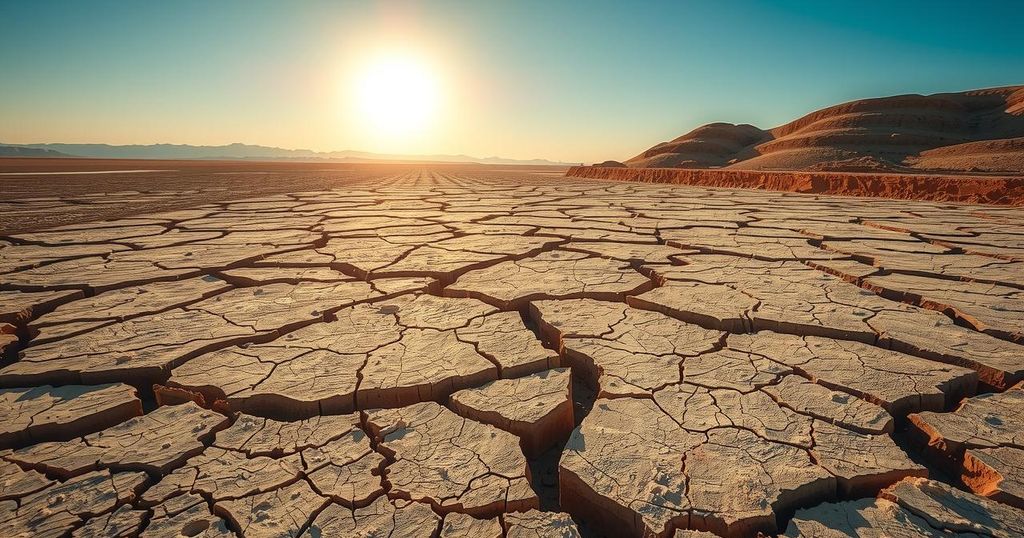Record High Temperatures Across South America Amid Global Extremes

South America has recorded unprecedented high temperatures, notably in Rio de Janeiro where it reached 44°C, significantly exceeding February norms. Authorities have implemented a heat protocol in response. Meanwhile, north-western Argentina is also facing soaring temperatures and potential thunderstorms, while contrastingly, North America is experiencing extreme cold. Africa is hit by a heatwave affecting several nations, prompting school closures in South Sudan.
Last week, while North America dealt with frigid temperatures, South America, currently in the final month of summer, experienced record-breaking heat. In Rio de Janeiro, Brazil, temperatures reached 44°C, significantly surpassing the February average by 14°C, marking the highest level recorded in over ten years. Concurrently, Rio is undergoing one of its driest Februarys on record, with minimal rainfall anticipated in the coming days.
In response to the heat, authorities in Rio de Janeiro implemented a level 4 heat protocol, establishing hydration stations in public areas and designating air-conditioned buildings as cooling centers. Although temperatures in Brazil have moderated, the intense heat has shifted towards north-western Argentina, where temperatures are expected to soar into the upper 30s to low 40s Celsius, significantly above seasonal averages. This region may also experience thunderstorms and substantial rainfall.
The severe heat affecting South America has been primarily caused by high atmospheric pressure over the southern Atlantic, which compresses and warms air as it descends towards the continent’s southern regions. Conversely, Canada’s Saskatchewan province reported plummeting temperatures reaching -40°C, while parts of North Dakota recorded a low of -37.8°C. This resulted in a temperature disparity exceeding 80°C between the two continents.
Additionally, regions in central and eastern Africa, particularly South Sudan and parts of Chad and Central African Republic, are grappling with extreme heat, with temperatures reaching the low 40s Celsius. Schools in South Sudan have been closed for two weeks for the second consecutive year to safeguard students from the dangerous conditions. Forecasts predict that these heatwave conditions may continue into March.
In summary, South America is experiencing unprecedented high temperatures, particularly in Brazil and Argentina, alongside severe dryness, while contrasting conditions prevail across North America. Authorities have taken necessary measures to provide relief in affected areas. Furthermore, extreme heat conditions are also impacting parts of Africa, with schools closing in South Sudan to protect students.
Original Source: www.theguardian.com






